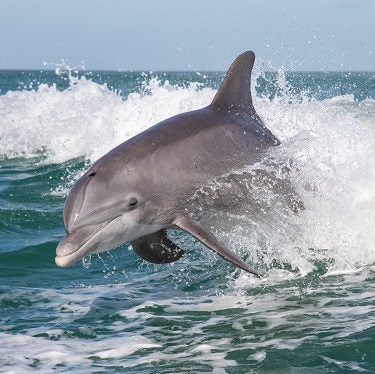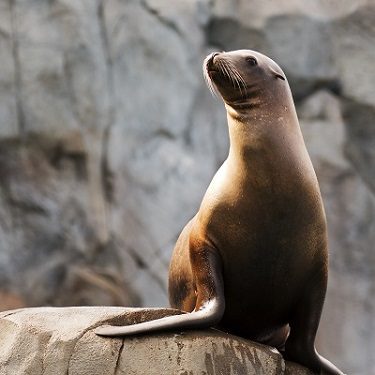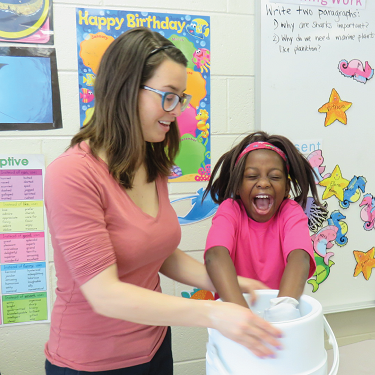Marine Life Encyclopedia
Seabirds
Laughing Gull
Larus Atricilla
Distribution
Tropical to temperate latitudes of North and South America
eCOSYSTEM/HABITAT
Nest on rocky shores and beaches; feed in coastal waters
FEEDING HABITS
Foraging predator/scavenger
TAXONOMY
Order Charadriiformes (gulls, auks, and relatives), Family Laridae (gulls)
Like many seagulls, the laughing gull eats a variety of prey and will both hunt and scavenge for suitable food. They forage for a variety of living, coastal invertebrates and for human garbage. They also often steal food from other predators, especially the brown pelican. Adult laughing gulls have few predators, but they are likely taken by tiger sharks and other large, coastal sharks when they float on the sea surface.
Like all seabirds, laughing gulls nest on land. They reproduce via internal fertilization, and the females lay fertilized eggs in nests made of coastal grasses, directly on the ground. Both males and females incubate the eggs and care for the chicks. Laughing gulls reach sexual maturity at approximately age three.
The laughing gull is a common species throughout its range and is a species of least conservation concern. In fact, its populations are increasing in size, a likely result of its ability to thrive in the human environment. The laughing gull is successful in degraded systems and is particularly adept at scavenging in construction sites and landfill operations, common human systems in the coastal environment. Though this species is generally limited to the Americas, some vagrant individuals are now observed in Western Europe each year. To date, these observations do not represent a true range expansion.
Engage Youth with Sailors for the Sea
Oceana joined forces with Sailors for the Sea, an ocean conservation organization dedicated to educating and engaging the world’s boating community. Sailors for the Sea developed the KELP (Kids Environmental Lesson Plans) program to create the next generation of ocean stewards. Click here or below to download hands-on marine science activities for kids.
Additional Resources:
Get Involved

Donate Today
SUPPORT OUR WORK TO PROTECT THE OCEANS BY GIVING TODAY
With the support of more than 1 million activists like you, we have already protected nearly 4 million square miles of ocean.

TAKE ACTION NOW
Support policy change for the oceans
Decision-makers need to hear from ocean lovers like you. Make your voice heard!

VISIT OUR ADOPTION CENTER
SYMBOLICALLY ADOPT AN ANIMAL TODAY
Visit our online store to see all the ocean animals you can symbolically adopt, either for yourself or as a gift for someone else.

DOWNLOAD OCEAN ACTIVITIES
HELP KIDS DISCOVER OUR BLUE PLANET
Our free KELP (Kids Environmental Lesson Plans) empower children to learn about and protect our oceans!




